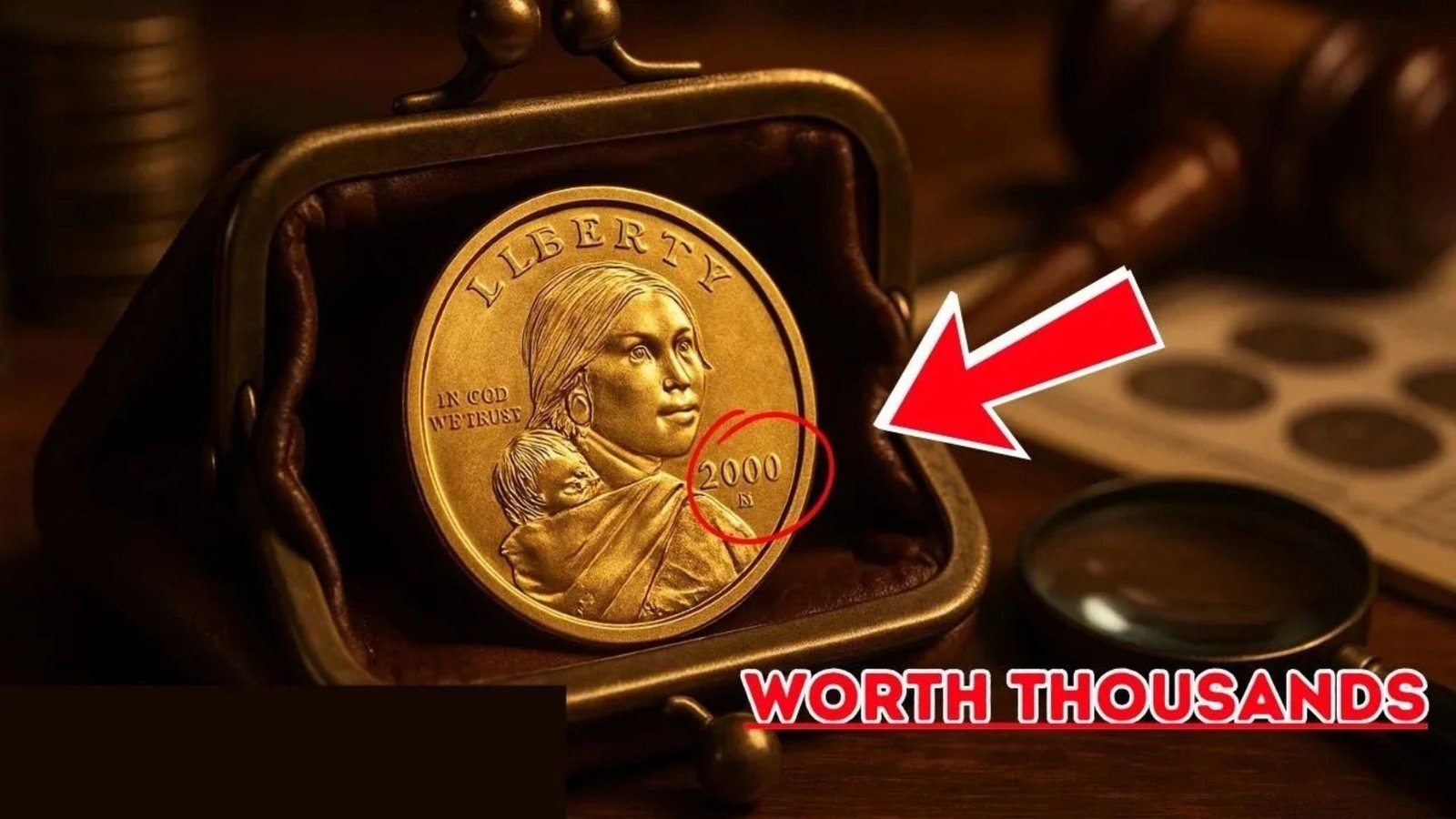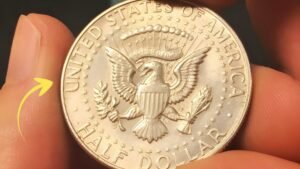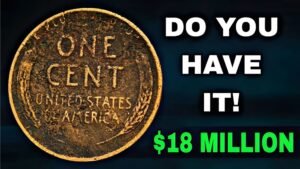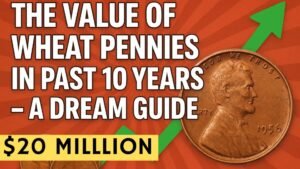It started as an ordinary day and an old purse long forgotten in the back of a drawer. Inside, among faded receipts and loose change, was a coin — a Sacagawea Dollar that turned out to be worth an astonishing $880,000. What made this everyday-looking coin such a rare treasure? Let’s uncover the mystery behind this unbelievable find.
What Is the Rare Sacagawea Dollar?
The Sacagawea Dollar, first minted in 2000, features the famous Native American guide Sacagawea carrying her infant son, Jean Baptiste. Struck in a distinctive golden hue, it was meant to honor Native American contributions to US history. However, one unique version — the 2000-P Cheerios Dollar — hides a tiny design difference that makes it worth a small fortune today.
The Hidden History Behind the Cheerios Dollar
In late 1999, the US Mint partnered with General Mills to promote the new golden dollar. About 5,500 coins were placed in specially marked Cheerios cereal boxes. These were ordinary 2000-P Sacagawea Dollars — or so everyone thought. Years later, collectors discovered that some of these coins had a different tail feather design on the eagle. This subtle variation set them apart as test strikes or prototypes, unknowingly distributed to the public.
Why This Coin Is So Valuable
Out of millions of Sacagawea Dollars minted, only a few dozen Cheerios Dollars have been verified by grading services like PCGS and NGC. The enhanced tail feather design makes them exceptionally rare. Add the cereal box connection, and you have a collector’s dream — a coin blending history, rarity, and pop culture.
In 2023, one such Cheerios Dollar found inside an old purse sold at auction for a jaw-dropping $880,000, proving that treasures sometimes hide in plain sight.
Key Details of the $880,000 Sacagawea Dollar
| Feature | Details |
|---|---|
| Coin Type | 2000-P Sacagawea “Cheerios” Dollar |
| Composition | Copper Core, Manganese Brass Clad |
| Distinguishing Feature | Enhanced tail feather detail on eagle |
| Mintage Estimate | ~5,500 distributed |
| Verified Examples | Less than 100 known |
| Auction Record Price | $880,000 (2023) |
How to Identify a Rare Sacagawea Cheerios Dollar
Collectors can identify the rare version by checking the tail feathers of the eagle on the reverse. The Cheerios Dollar shows distinctly defined and separated feathers, unlike the smooth, rounded look of the regular version.
Comparison Between Regular and Cheerios Dollar
| Feature | Regular Sacagawea Dollar | Cheerios Dollar |
|---|---|---|
| Year & Mintmark | 2000-P | 2000-P |
| Tail Feather Design | Simplified | Detailed & Sharp |
| Distribution | Mint release | Cheerios promo |
| Rarity | Common | Extremely rare |
| Estimated Value | $1 | Up to $880,000 |
Expert Insights & Collector Advice
According to numismatic experts, authentication is crucial before claiming a rare coin. Many similar-looking Sacagawea Dollars are misidentified. Collectors should have coins graded by PCGS or NGC to verify authenticity and condition. Experts also suggest checking old drawers, coin jars, and even cereal boxes from 2000 — you never know where one might turn up.
Notable Facts About the Sacagawea Dollar Series
- Introduced in 2000 to replace the Susan B. Anthony dollar
- Features Sacagawea, the Shoshone interpreter of Lewis and Clark
- Composition gives it a distinct golden color (not real gold)
- From 2009 onward, reverse designs began changing annually to honor Native tribes
FAQs
Q: How can I tell if my Sacagawea Dollar is valuable?
A: Look for the 2000-P Cheerios Dollar with enhanced tail feathers. Have it verified by a grading service.
Q: Can I find these coins in circulation?
A: Very unlikely — most are in private collections, but a few may still exist in the wild.
Q: What is the best way to sell a rare coin?
A: Through major auction houses like Heritage Auctions or certified coin dealers.
Conclusion: Hidden Fortune in Plain Sight
The story of the $880,000 Sacagawea Dollar reminds us that history, luck, and curiosity can intersect in magical ways. What once jingled unnoticed in a purse became a life-changing discovery. Before spending your spare change, take another look — that “ordinary” coin might just be your ticket to a fortune.




